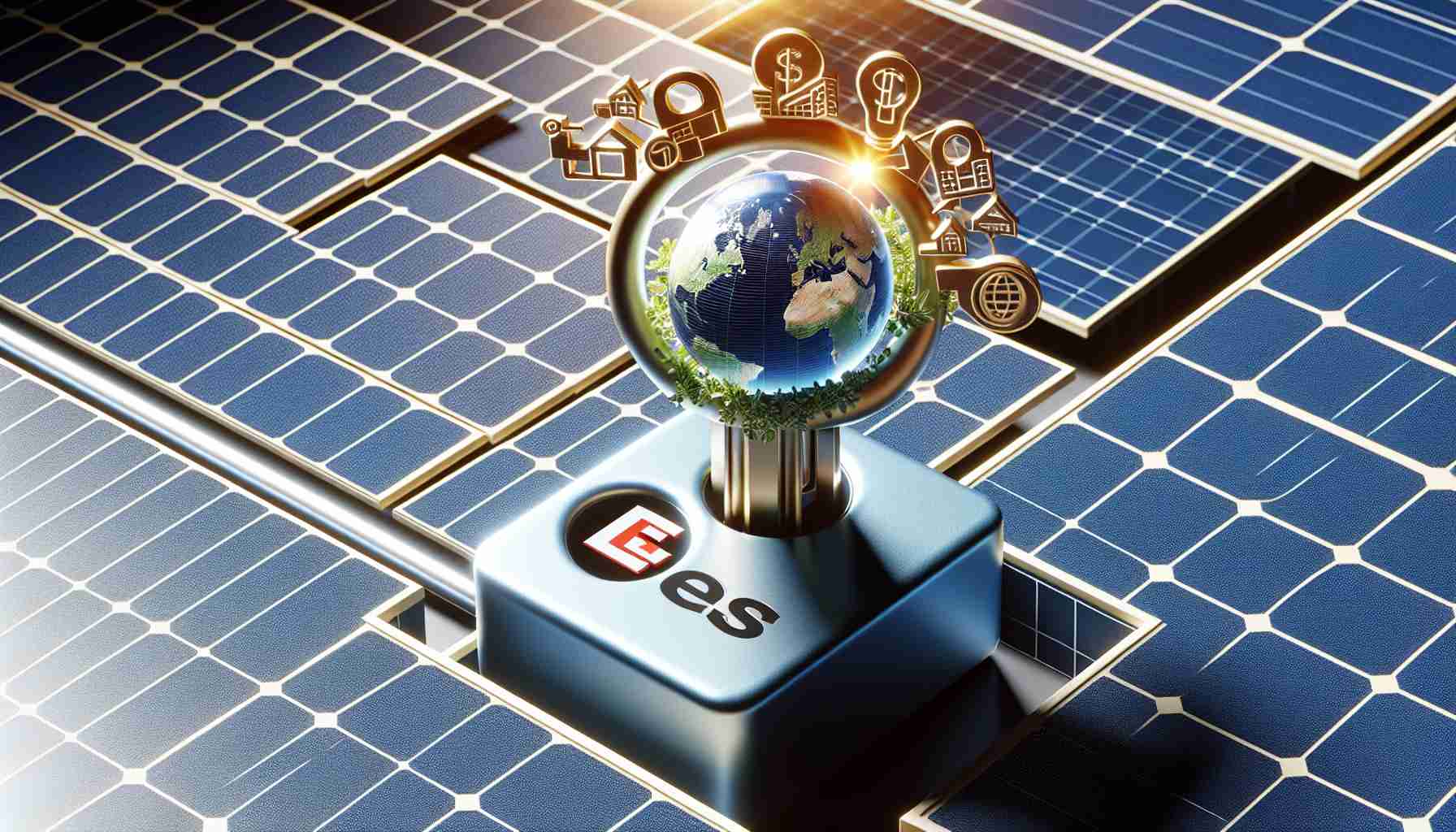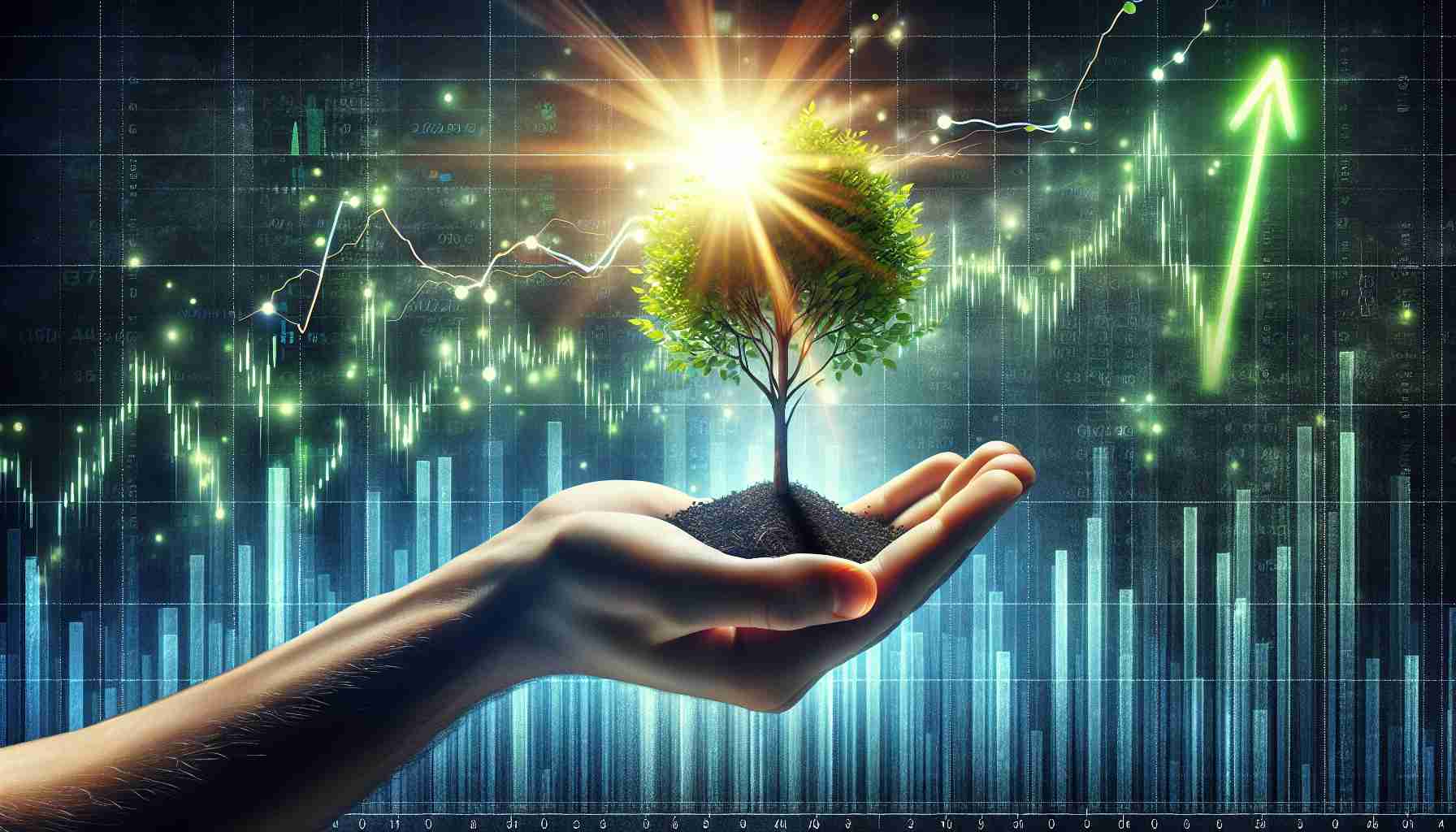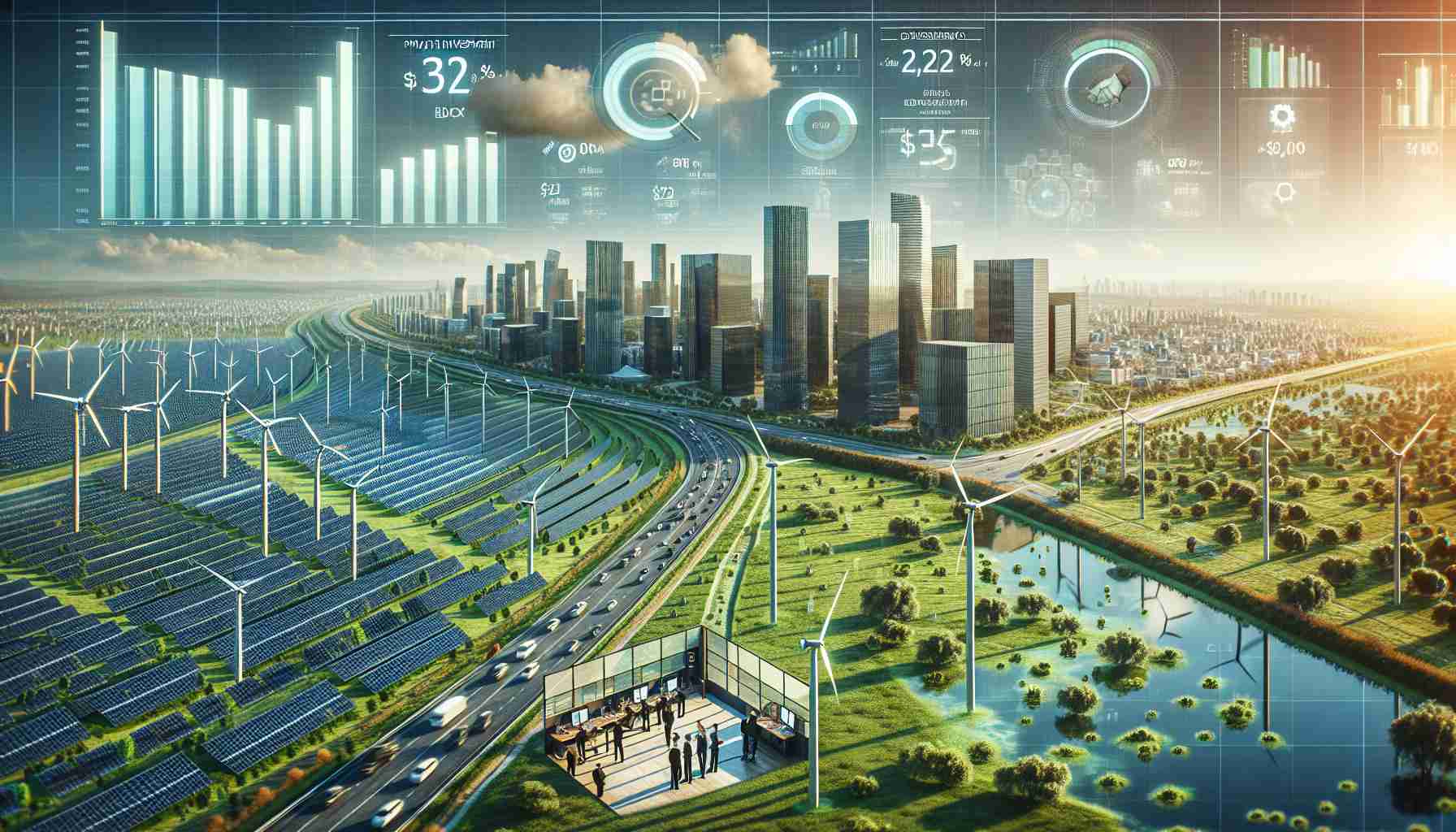Norway’s Transition Towards Renewable Energy
A recent analysis conducted by industry experts revealed that Norway might expect an emissions increase of 230 million tons of CO2e by 2040 if the country were to replace its homegrown oil and gas production with imports from other regions. The growing concern for climate impacts has prompted a push towards sustainable energy policies in Norway, with a focus on reducing carbon emissions.
The Shift to Renewable Sources
With recent court rulings highlighting the importance of considering the global climate impact of hydrocarbon production, Norway is re-evaluating its energy strategies. As a leading hydrocarbons producer in Europe, Norway is exploring ways to transition towards renewable energy sources and decrease its reliance on traditional oil and gas exports.
European Energy Landscape
Although oil and gas demand in Europe is declining, these resources are expected to remain significant in the energy mix through 2040. However, various stakeholders are advocating for a greater emphasis on renewable energy to drive the energy transition and combat climate change effectively.
Future Outlook
As Norway navigates its energy transition journey, the focus is shifting towards sustainable energy practices and reducing carbon emissions. By embracing renewable energy sources and innovative technologies, Norway aims to play a pivotal role in combating climate change and fostering a more sustainable future for generations to come.
Exploring Comprehensive Sustainable Energy Policies in Norway
Norway’s efforts towards sustainable energy extend beyond the realm of transitioning away from hydrocarbons. An often overlooked fact is that Norway is also a world leader in hydropower generation. Hydropower accounts for the majority of Norway’s electricity production, providing a solid foundation for the country’s renewable energy portfolio.
Hydropower Potential and Challenges
One crucial question that arises is how Norway can maximize its hydropower potential while balancing environmental conservation and indigenous rights. The expansion of hydropower infrastructure can lead to ecological disruptions and social conflicts in certain regions. Finding the right balance between increasing renewable energy capacity and safeguarding natural ecosystems is a key challenge in Norway’s sustainable energy journey.
Advantages and Disadvantages of Hydropower
Hydropower offers benefits such as reliable energy generation, grid stability, and minimal greenhouse gas emissions. However, it also poses disadvantages such as habitat alteration, disruption of aquatic ecosystems, and impacts on fish populations due to changes in water flow. Balancing these pros and cons is essential for developing sustainable energy policies in Norway.
Key Questions and Controversies in Sustainable Energy Transition
– How can Norway effectively integrate intermittent renewable sources like wind and solar into its energy mix to ensure energy security?
– What are the implications of phasing out fossil fuel subsidies on the economy and employment in Norway?
– How will Norway address the challenges of energy storage and grid modernization to support a high share of renewables in its energy system?
Looking Ahead
Norway’s commitment to sustainable energy policies signals a proactive stance towards environmental protection and climate action. By addressing these critical questions and navigating associated challenges, Norway aims to showcase a successful model for other nations looking to transition towards clean energy and reduce their carbon footprint.
For more information on Norway’s energy policies and initiatives, visit Norway’s Official Energy Portal.
























